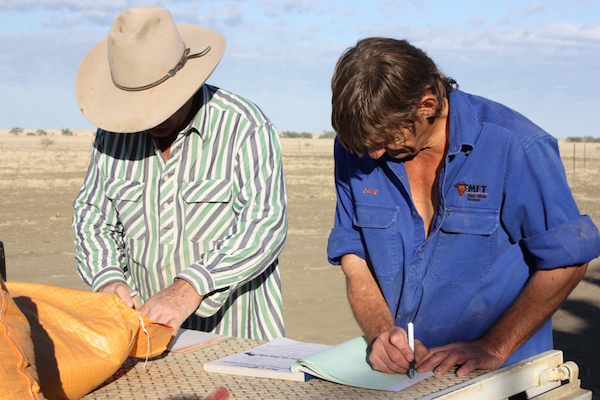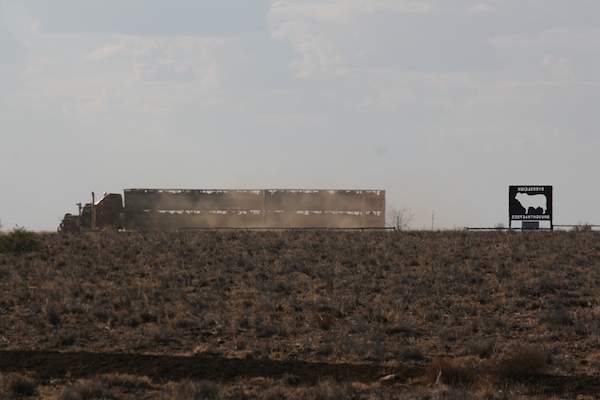The ‘how’ and ‘why’ of trucking cattle
Host: Eversleigh Station
Written by Jenny Underwood – Owner, Eversleigh Station.
As beef cattle producers our aim is to raise livestock which we either sell to restockers (graziers who will continue to grow the cattle to mature size), feedlots for domestic and export grade cattle, or to abattoirs for the wholesale beef market. Our principle is to look after these cattle and grow them in as short a time as possible depending upon what the seasonal conditions are.
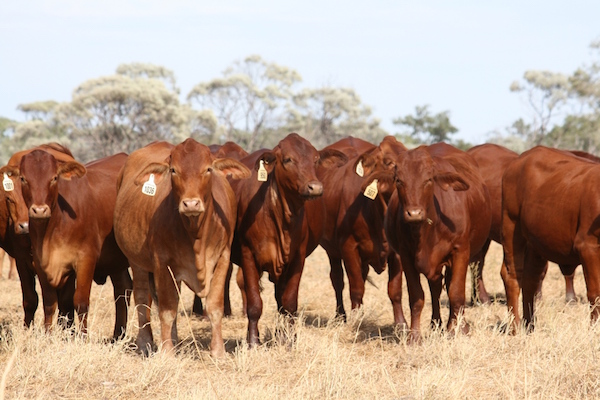
When the time comes to move cattle we are always mindful of their welfare leading up to, during, and after the loading and trucking process.
In the paddocks we ensure that all cattle receive plenty of feed and access to good, clean water. Supplements are fed when the protein levels in the grass are lacking or inadequate and water troughs are cleaned regularly. These practices guarantee that any cattle to be sent on trucks are strong and healthy.
One way of delivering supplementation is through water medication. Every six weeks we use Beachport Liquid Minerals which provides a mix of trace elements and nutrients in the water. We also use Beachport prior to trucking cattle as we have found that it has a positive effect in reducing the stress levels associated with the loading and movement of cattle on trucks.
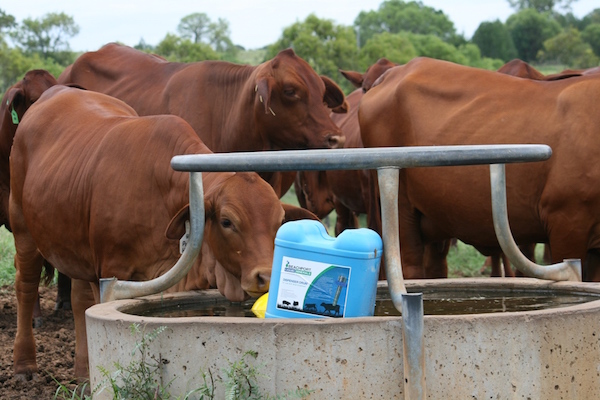
All mustering at Eversleigh is done using quad bikes. The cattle are mustered off watering points in the paddock. Mustering is generally done early in the morning while it is cooler. Due to the size of some paddocks it is not unusual for cattle to walk up to 10km to the cattle yards.
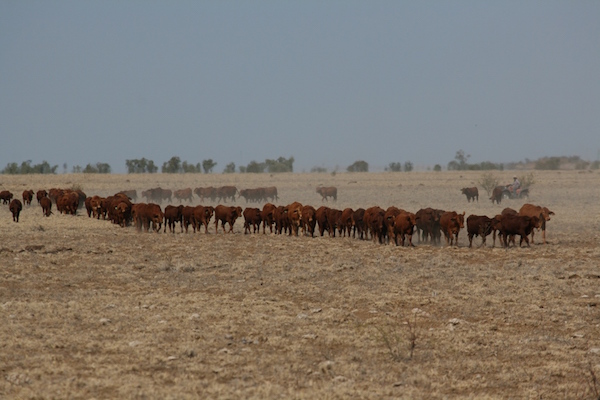
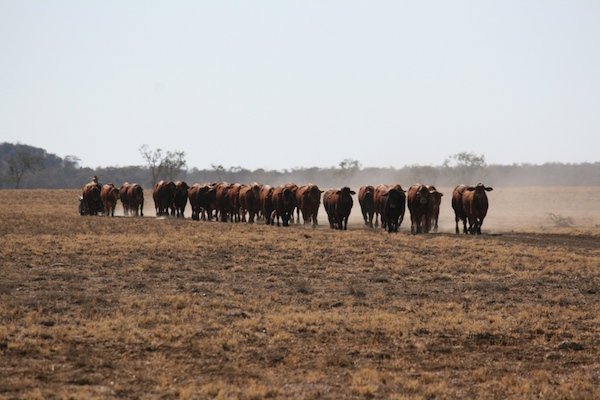
We use laneways to make the movement of cattle easy on the animal as well as on the musterer/s. The laneways are fenced about to a width of approximately 50-60m.
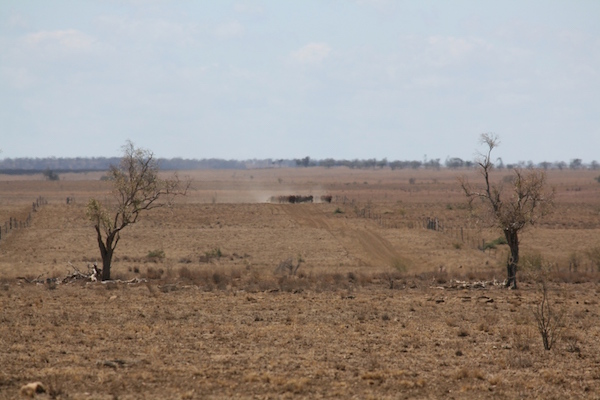
Once at the yards the cattle are given time to have a drink and settle after their walk. This rest time also allows any cows and calves to mother up again. After the cattle are in the yards they are moved through a series of smaller pens until they are drafted through the round yard.
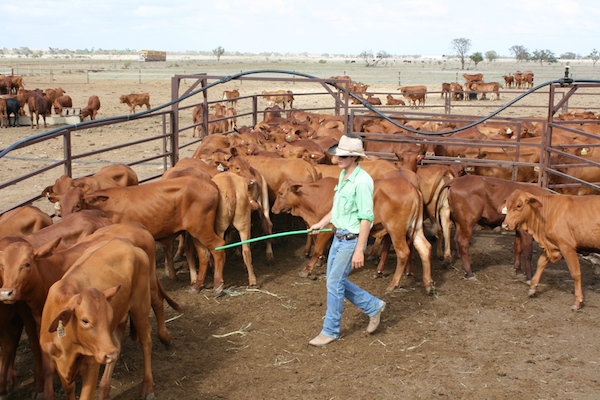
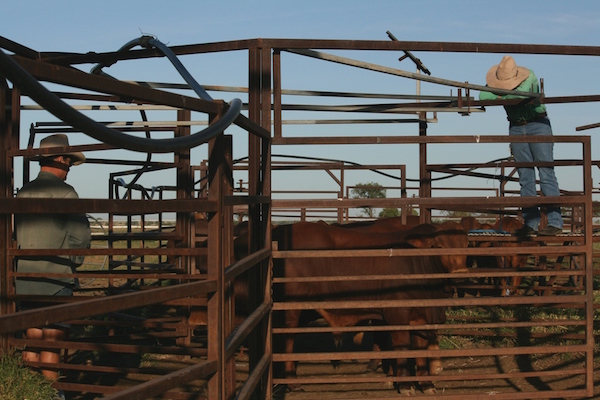
The cattle that are being trucked remain at the yards where they are fed hay and given access to water.
About 12 hours prior to being loaded onto trucks the cattle are still fed hay but they are taken off water – this is called a curfew. While this curfew may seem cruel it is in fact in the best interest of the welfare of the cattle. The curfew allows the cattle to empty out and minimizes the amount of urine they will pass during transit. If the cattle have a full belly of water they are prone to motion sickness so to alleviate this uncomfortable feeling they continually urinate. Unfortunately the urine makes the floor of the truck very slippery and dangerous for the cattle while the truck is in motion. The cattle travel much better when curfewed. Upon arrival at their destination the cattle are immediately rehydrated.
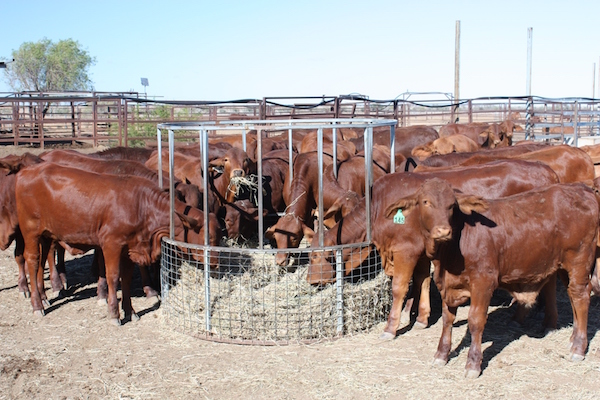
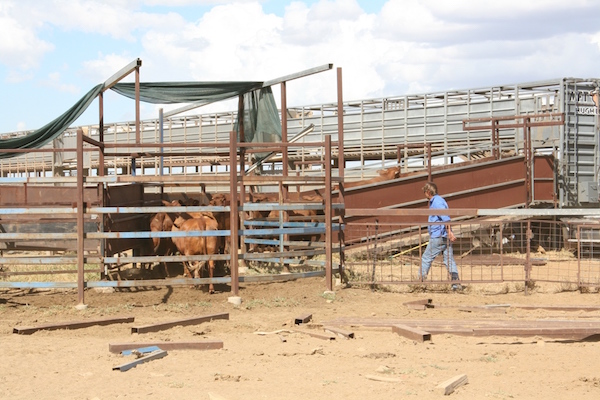
Once loading begins, the truck driver is the one who takes control. The truckie decides the best number of cattle to load per deck. The cattle are loaded firmly, but not tightly, so that the animals can support one another while the truck is in motion; if the cattle are too loose it is much harder and very tiring for them to stay upright.
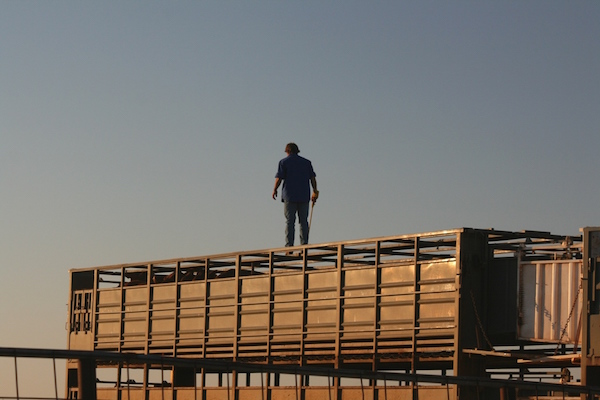
Once the cattle are loaded the mandatory paperwork is filled in.
During this time we generally have a “cuppa” and a yarn with the driver. This smoko time allows the cattle to settle and find their place in the truck ahead of the journey. In many cases if we are doing an early morning load, the truck driver has arrived at Eversleigh the night beforehand. Once the cattle have been loaded the truckie will stay for breakfast thereby giving the cattle time to settle before starting the trip.
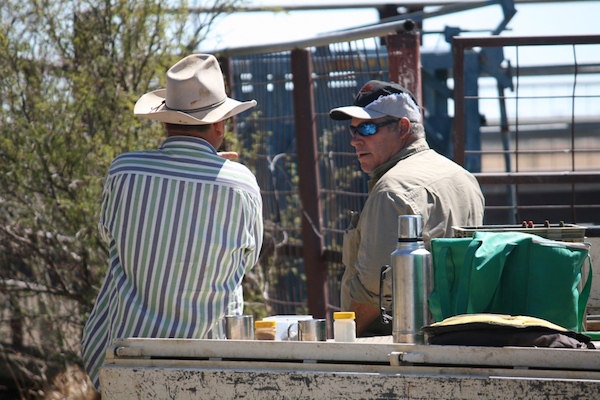
For the rest of the trip the truck driver is responsible for the welfare of those cattle. He checks the trailers regularly to ensure the cattle are upright and not stressed. The first check takes place not long after the commencement of the trip and further checks are carried out at regular intervals often depending upon the condition of the road. The driver also takes regular breaks as part of his own fatigue management.
We have the highest regard for the truckies who cart our livestock as we know they treat the cattle with respect and ensure their welfare is their highest priority.

